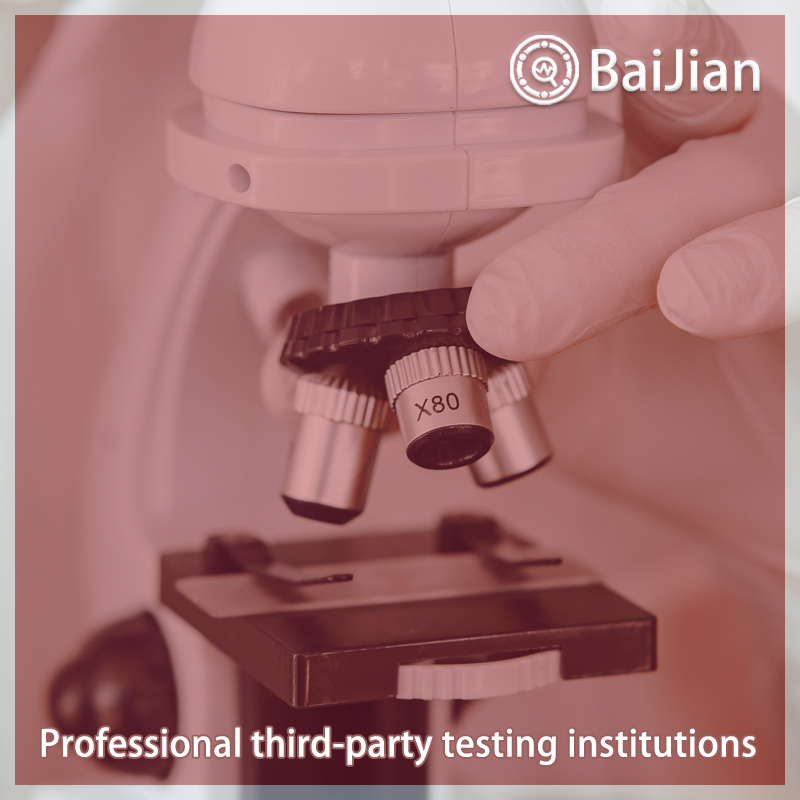
This standard specifies the technical requirements and measurement methods for QAM modulators for cable digital television broadcasting that comply with GYIT 170-2001 and GYIlT 106-1999. Any equivalent measurement method that can ensure the same measurement uncertainty can also be used. In case of dispute, this standard shall prevail. This standard is applicable to the research and development, production, use, and operation maintenance of QAM modulators for cable digital television broadcasting. 2 Normative References: The clauses in the following documents become clauses of this standard through reference in this standard. For dated reference documents, all subsequent amendments (excluding corrected content) or revisions are not applicable to the wood standard. However, parties who have reached agreements based on the wood standard are encouraged to study whether the latest versions of these documents can be used. For undated references, the latest version applies to this standard. GY/T 106-1999 Technical Specification for Cable Television Broadcasting System GY/T 170-2001 Code and Modulation Specification for Cable Digital Television Broadcasting Channel 3 Terms, Definitions and Abbreviations 3.1 Terms and Definitions The following terms and definitions apply to this standard. The modulation error rate is the ratio of the sum of squares of the nominal vector amplitude to the sum of squares of the error vector amplitude, expressed in dB. 3.2 Abbreviations The following abbreviations apply to this standard. ASI As y nc hr onous Se r i al lnt e r f ac e Asynchronous Serial Interface PCR Pr ogr a m Cl oc k Re f e nce Program Clock Reference QAM Qu a dr at ure Ampli t ude Module a t i on Orthogonal Amplitude Modulation SPI S yn c hr onous Pa r allel Int er f ac e Synchronous Parallel Interface
Function of testing report:
1. Project bidding: Issue authoritative third-party CMA/CNAS qualification report
2. Online e-commerce platform entry: Quality inspection report recognized by major e-commerce platforms 3. Used as a sales report: issuing legally effective testing reports to make consumers more confident 4. Papers and research: Provide professional personalized testing needs 5. Judicial services: providing scientific, fair, and accurate testing data 6. Industrial problem diagnosis: Verify the troubleshooting and correction of industrial production problemsBaijian and testing process:
1. Telephone communication and confirmation of requirements
2. Recommend solutions and confirm quotations 3. Mail samples and arrange testing 4. Progress tracking and result feedback 5. Provide reports and after-sales service 6. If urgent or priority processing is requiredTesting and testing characteristics:
1. The testing industry is fully covered, meeting different testing needs
2. Fully cover the laboratory and allocate localized testing nearby3. Engineers provide one-on-one services to make testing more accurate
4. Free initial testing, with no testing fees charged
5. Self service order delivery for free on-site sampling
6. Short cycle, low cost, and attentive service 7. Possess authoritative qualifications such as CMA, CNAS, CAL, etc 8. The testing report is authoritative and effective, and is generally used in China